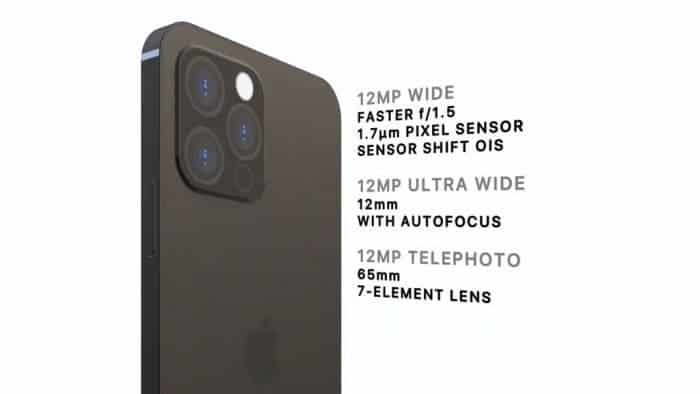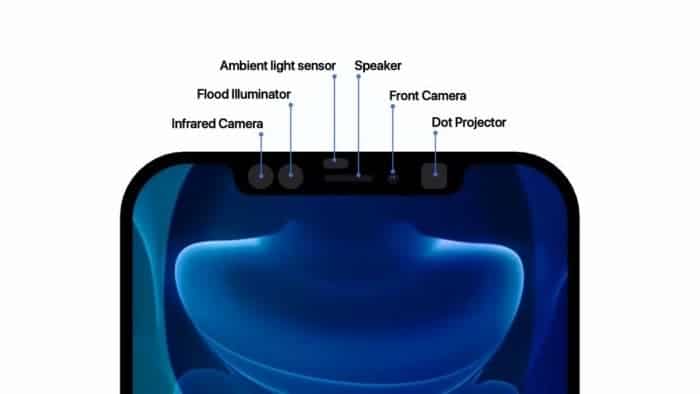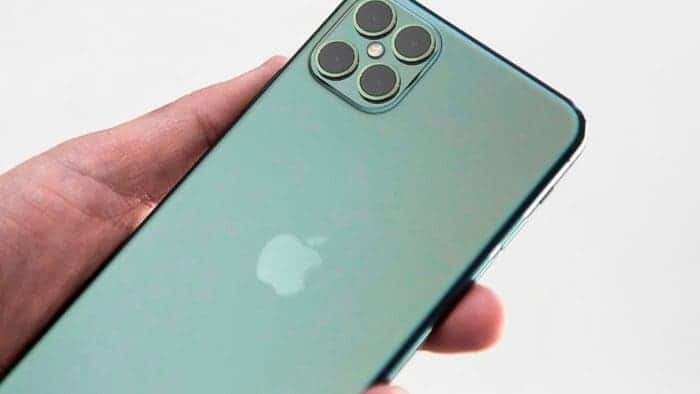New renders of the iPhone 13 Pro smartphone have appeared on the web, based on insider information and leaks from the supply chain, indicating the expected characteristics of the device.

These images suggest that the iPhone 13 Pro will keep the notch at the top center of the display, but it will be smaller. This cutout will house the speaker hole and the camera system required for Face ID to work.

The bezels of the iPhone 13 Pro screen will narrow on all sides, while the smartphone is expected to receive a fingerprint sensor located below the display surface. Another notable innovation should be the abandon of the charging port. The smartphone will only charge wirelessly.

The main camera is expected to include three 12-megapixel image sensors and a laser rangefinder. It was previously reported that the iPhone 13 Pro and 13 Pro Max models will support 120Hz refresh rates thanks to Samsung’s new LTPO panels that can dynamically switch refresh rates from 1Hz to 120Hz based on content type. This will effectively conserve battery power.

The smartphone should be based on the Apple A15 SoC and run iOS 15.

Apple finally defeated Samsung in the global smartphone market
Apple overtook Samsung to become the world’s leading smartphone brand amid record sales of iPhone smartphones. The company showed a huge jump in the last quarter of last year, while Huawei‘s position weakened greatly.
According to Counterpoint Research, shipments of iPhone smartphones increased 22% in the previous quarter. The surge is driven by the release of the iPhone 12 lineup, which supports fifth-generation networks. Also, sales of previous models did not fall, the demand for which is stable after the price decline.
The company has shipped 90 million smartphones and has more than 23% market share. Analysts note that Apple has strengthened its position in the premium segment of smartphones in China. According to Apple CEO Tim Cook, two of the top three selling premium smartphones in China are from Apple.

The second place in the quarter belongs to Samsung, which received about 19% of the market. The third place went to Xiaomi, followed by Oppo and Vivo, which took the fourth and fifth places, respectively. Huawei dropped to 6th place.
If we consider the results for the year, then Samsung is in the lead, Apple is second, Huawei is third, followed by Xiaomi, Oppo, Vivo and Realme. The latter was the fastest growing brand in the past year.
Counterpoint Research’s data is broadly consistent with estimates by another analyst firm, IDC, which we have already published.





